Bees, paper wasps, and hornets often nest in attics, walls, soffits, under eaves and porches, or in tree branches. Others — like yellowjackets and some bee species — prefer to build their nests in the ground.
When these nests are located near entrances, windows, decks, or inside your home, they can pose a real risk. In these cases, removal should always be handled by a professional. We specialize in safely removing all types of stinging insect nests, including those made by wasps, bees, yellow jackets, hornets, and paper wasps.
- Common stinging insects in Knoxville include bees, yellow jackets, wasps, and hornets.
- Infestations can trigger allergic reactions, damage your home, and attract other pests.
- Nests are often found on roofs, in soffits, under porches, or in trees and shrubs.
- Warning signs include stings, eggs, nests, and swarming insects.
- Professional removal is the safest and most effective solution.
Where Do Stinging Insects Nest?
Insects that sting choose nest locations that offer protection and proximity to food sources. These spots are often hidden in plain sight on your home or in your yard.
Structures
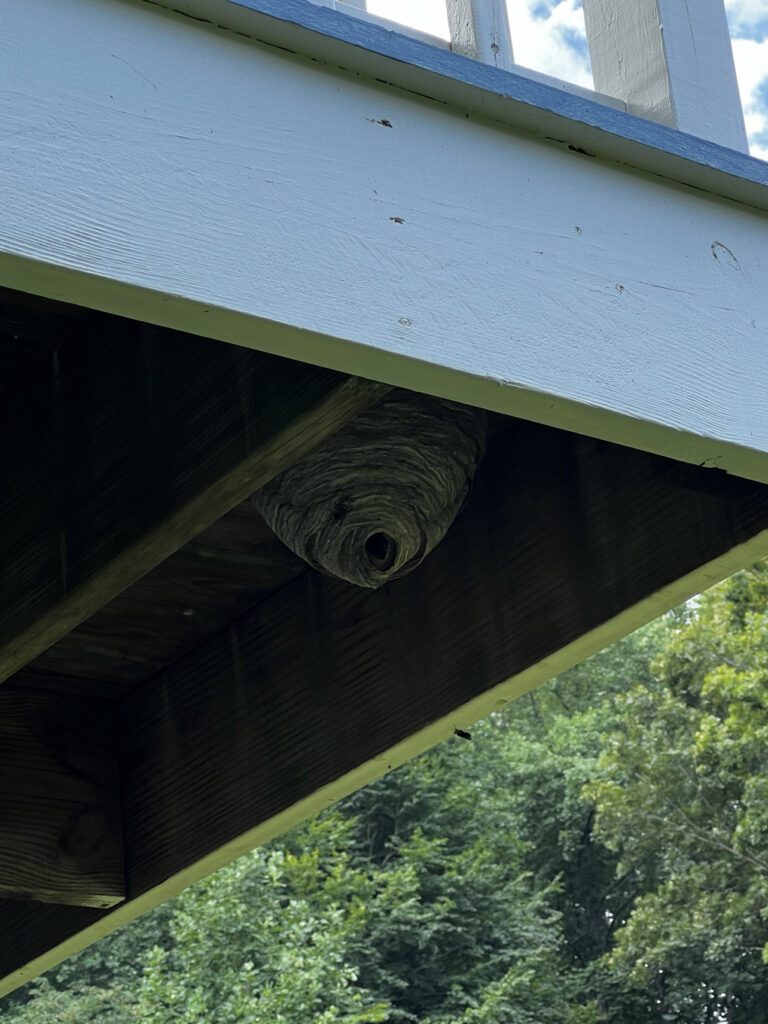
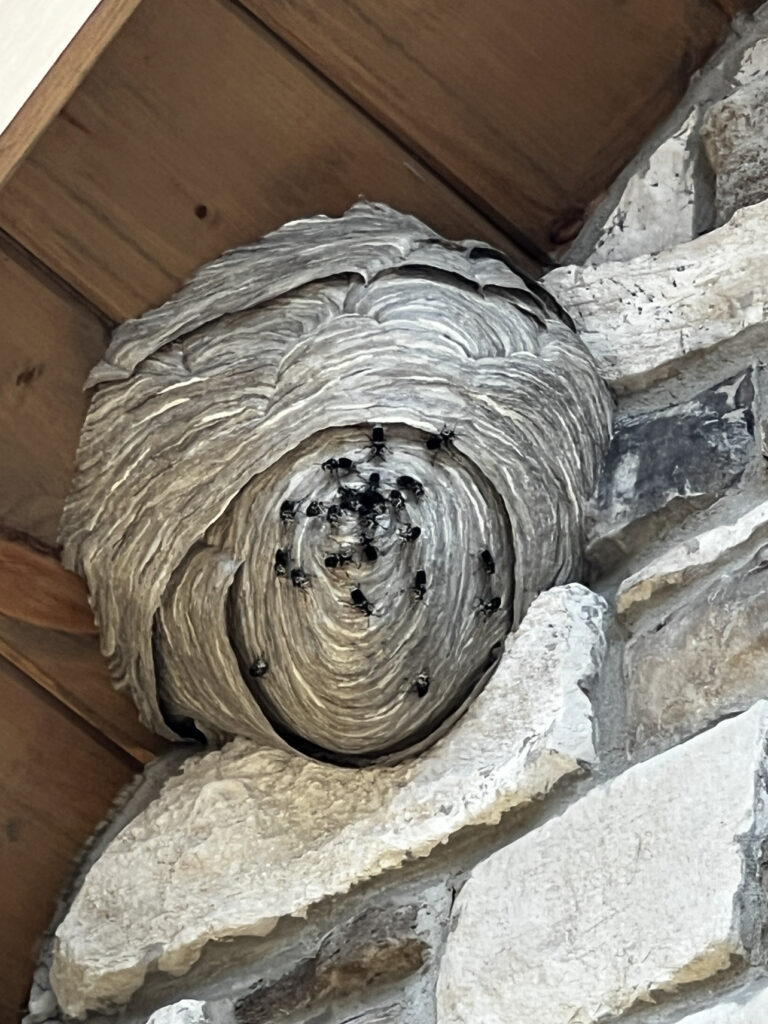
Soffits, those tucked-away areas under your roof’s overhang, are a popular nesting spot on your home since they provide shelter and elevation. Ceilings and roofs, including attics, roof eaves, and crawl spaces, are attractive for the same reasons but also offer warmth, which is especially appealing to bees and wasps.
They may also take up residence under your feet, building their nests under floorboards and porches. These shaded and low-traffic zones are the perfect environment for them to build their nests and grow their colonies unnoticed.
Trees and Shrubs
Tree branches and dense shrubbery offer ideal conditions for hornet and hanging wasp nests. These locations provide camouflage and easy escape routes, making removal particularly tricky.
What Are the Signs of Infestation?
Seeing a stinging insect fly by every now and again isn’t an issue, but when they keep appearing, or you start noticing specific signs, it might point to a growing infestation. Common signs include:
Stings
Frequent stings are the most obvious red flag. If you or your family members are constantly falling victim to stinging insects, it’s time to investigate. This is especially important if anyone in your family is allergic.
Nests
Nests vary based on the species: Bees build waxy hives, while hornets and wasps create papery, football-shaped nests. They might be tucked under eaves, hidden in shrubs, or even inside wall voids.
Eggs
In most cases, you won’t spot the eggs because they are hidden within the nest. Professionals who are trained to recognize early egg-laying activity can help determine whether the colony is growing rapidly.
Swarming
If you see large numbers of flying insects in one area, especially hovering around entry points or trees, there’s a good chance you have a nest nearby. Swarming behavior is particularly common during nesting season.
Why Are Stinging Insects Dangerous?
Stinging insects can pose more than just a physical threat, potentially jeopardizing your family’s health and your home’s safety. The dangers increases when the wasps and bees build their nests and hives close to you. Under porches, next to doors and windows, or buried in the lawn are some of the places that lead to the most stings.
Issues may include:
- Health risks: If anyone in your family has serious allergies, even a single sting could trigger a severe, potentially life-threatening reaction. In cases of an infestation, the chances of being stung multiple times increase significantly.
- Structural damage: Some species, like bees and wasps, build nests inside walls, roofs, and ceilings. Over time, these nests can weaken wood, trap moisture, and lead to mold or rot.
- Secondary infestations: Leftover honey or abandoned nests can attract ants, rodents, and other pests looking for food or shelter, compounding the issue.
Dealing With Stinging Insects? Reach Out to a Professional!
Wondering how to handle stinging insects and evict them from your home? The answer is simple: don’t go it alone.
Most pest control companies avoid dealing with stinging insects due to the risk involved. At Critter Control, we offer hornet nest removal, wasp removal, and bee removal near you. We have the training and tools to remove the stinging insects safely, and we go a step further by repairing any damage they’ve caused to your home.
Whether you need help with bee hive removal, are wondering how to remove a yellow jacket nest, or need full wasp removal near you, you can trust us to get the job done right. Contact us today to evict stinging insects from your home.
Raccoon birthing season always proves challenging. Normally, we can quickly catch the mother on her way out of the house to forage. The kits can be more difficult to capture. The younger kits tend to stay near the den which can be tucked away in the attic or down the walls. It can be impossible for us to reach them. Safely removing the kits usually requires cutting in the soffits or ceilings.
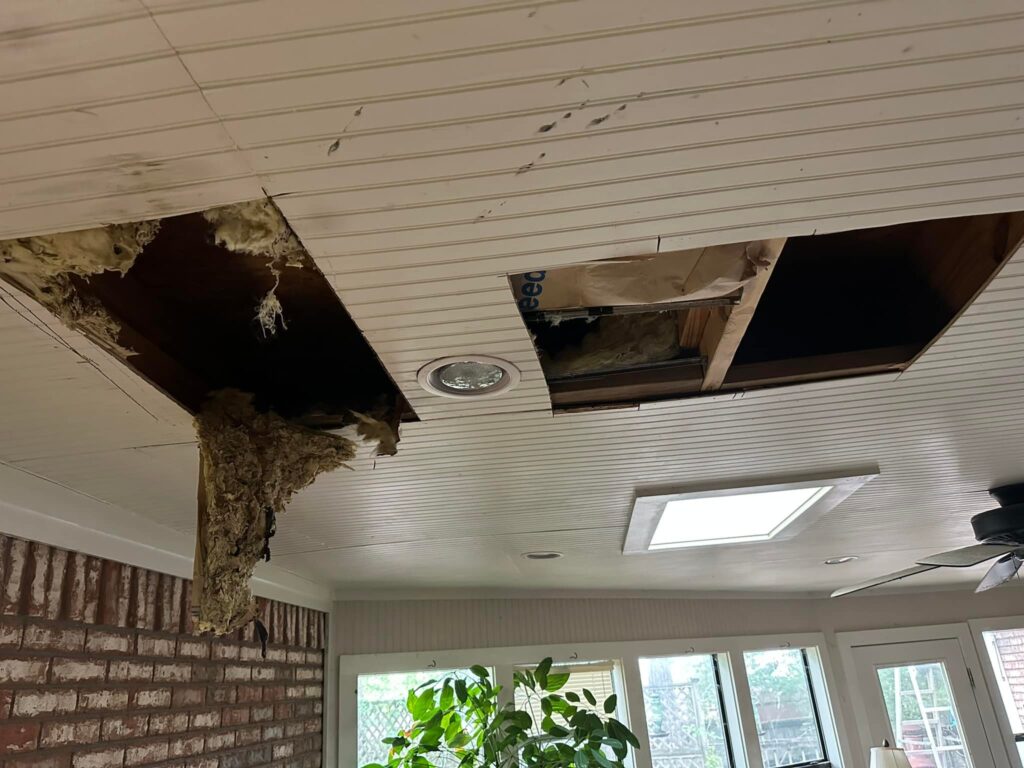
Raccoon Kits


It took over six hours to remove these four kits from the subfloor. Every time we cut they would relocate! In the end, we were able to reunite the mother with her babies for relocation.

Knoxville, Tennessee, is between the Cumberland Plateau and the Great Smoky Mountains. This valley was carved out of the mountains by the running waters of the French Broad River and the Holston River, which converge to form the Tennessee River. Knoxville also has 92 parks within city limits. This combination of water, forested mountains, and parks is a perfect environment for wild animals, including those who pose a nuisance to residents, business owners, and tourists.
Nuisance Wildlife-Human Conflicts in Knoxville, TN
In addition to its landscape, Knoxville has a rich cultural life with museums, restaurants, and clubs. More than 12 million visitors descend on the area annually to enjoy the 500,000 acres of Great Smoky Mountain National Park, the most visited national park in the country. As people encroach upon the habits of the region’s wild animals, these critters travel to seek shelter, food, and water from Knoxville’s residential and commercial neighborhoods.
Key Wildlife Behaviors Influenced by Eastern Tennessee Climate
Knoxville, Tennessee, is located in a region with a humid subtropical climate, characterized by four distinct seasons. This climate significantly impacts wildlife behavior in the area.
- Foraging Patterns: Seasonal changes dictate foraging behavior, with heightened activity in spring and fall.
- Nesting and Breeding: The predictable seasons encourage specific breeding cycles. For example, raccoons and opossums often have young in early spring or late summer.
- Migration and Hibernation: Many birds migrate southward in the fall, while some mammals hibernate or become less active in winter.
Homeowners may experience nuisance wildlife issues during seasonal transitions, especially as animals seek shelter or food.
Spring
Temperatures are mild ranging from 40°F to 70°F. Animals like birds, squirrels, and raccoons become more active as food sources such as insects, fruits, and nuts increase. This is also a key breeding season for many species. Increased activity can lead to encounters with humans, including nesting in homes or buildings.
Summer
Temperatures can get hot typically ranging from 70°F to 90°F, with high humidity. Raccoons and squirrels will leave attics because of the heat. Bats however thrive in the hot temperatures in an attic. Maternity colonies will roost in attic, walls, and under the roof. Increased insect activity (mosquitoes, wasps, etc.), and the heat may drive animals to seek shelter indoors for cooler environments.
Fall
Temperatures are cooling and many animals prepare for winter. Very few nuisance wildlife will hibernate so mammals like squirrels storing food and migratory birds passing through. Rats and mice are active year-round. They’re always looking for food sources and safe places for shelter. This need intensifies with the cold winters in the Appalachians.
Winter
Rodents, squirrels, raccoons, opossums, and skunks do not hibernate. Some critters might slow down during the winter, but they still can be a problem. Groundhogs and (some) bats are the only true hibernators that cause homeowners problems.
Wildlife Damage in Knoxville

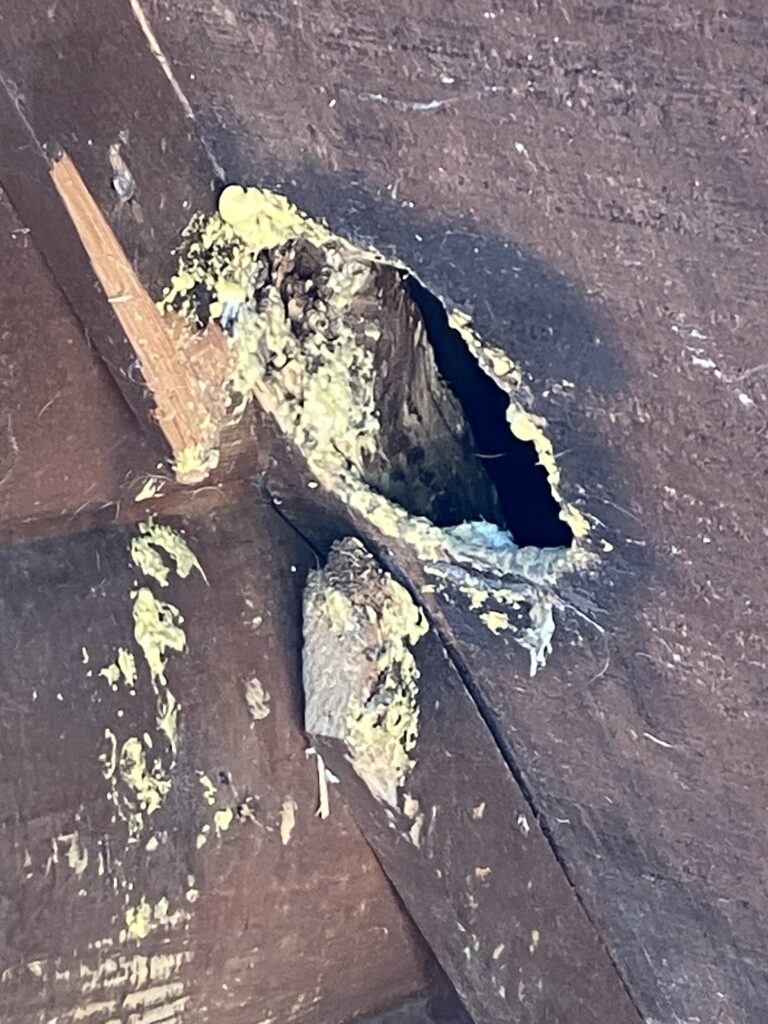
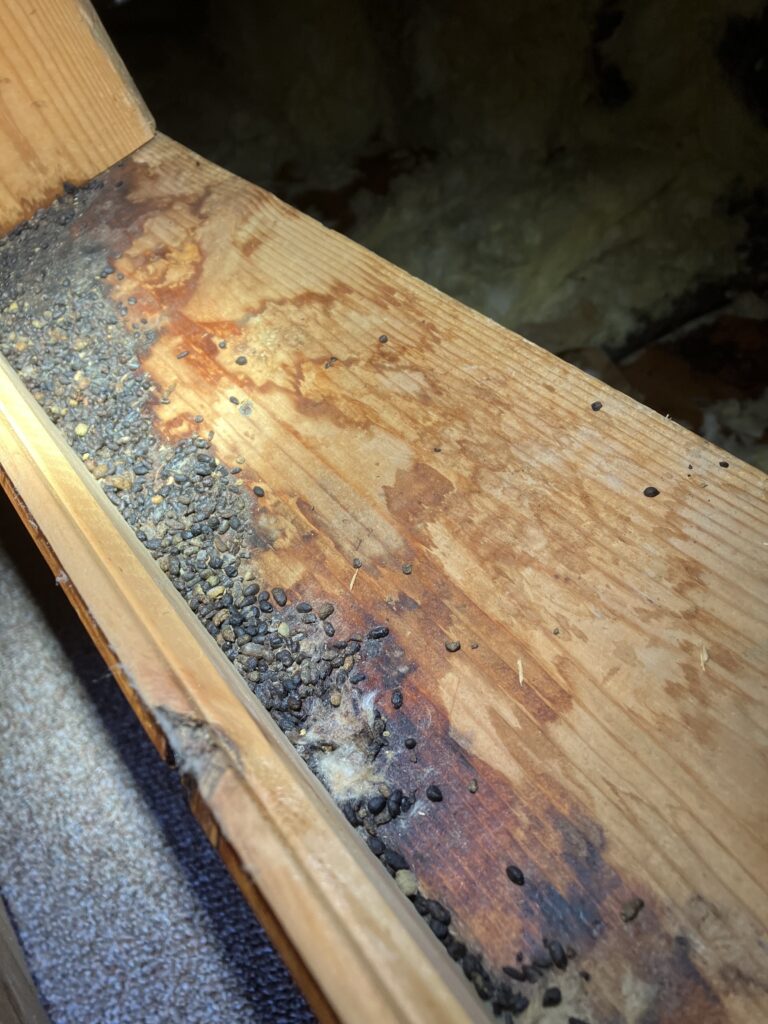
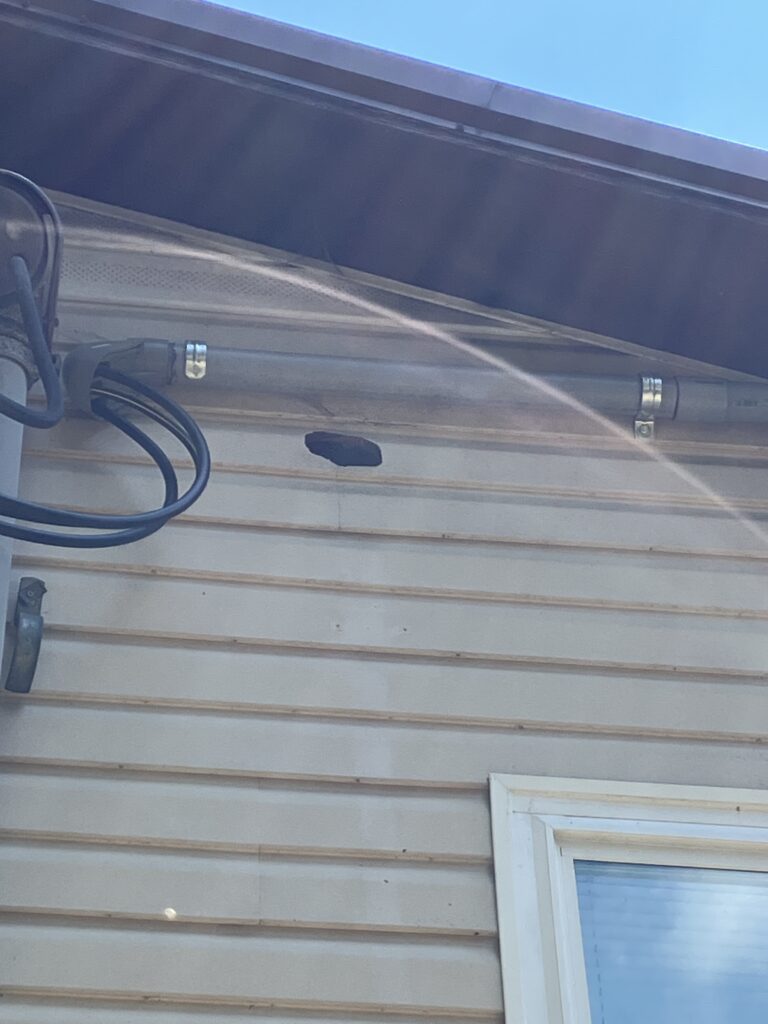
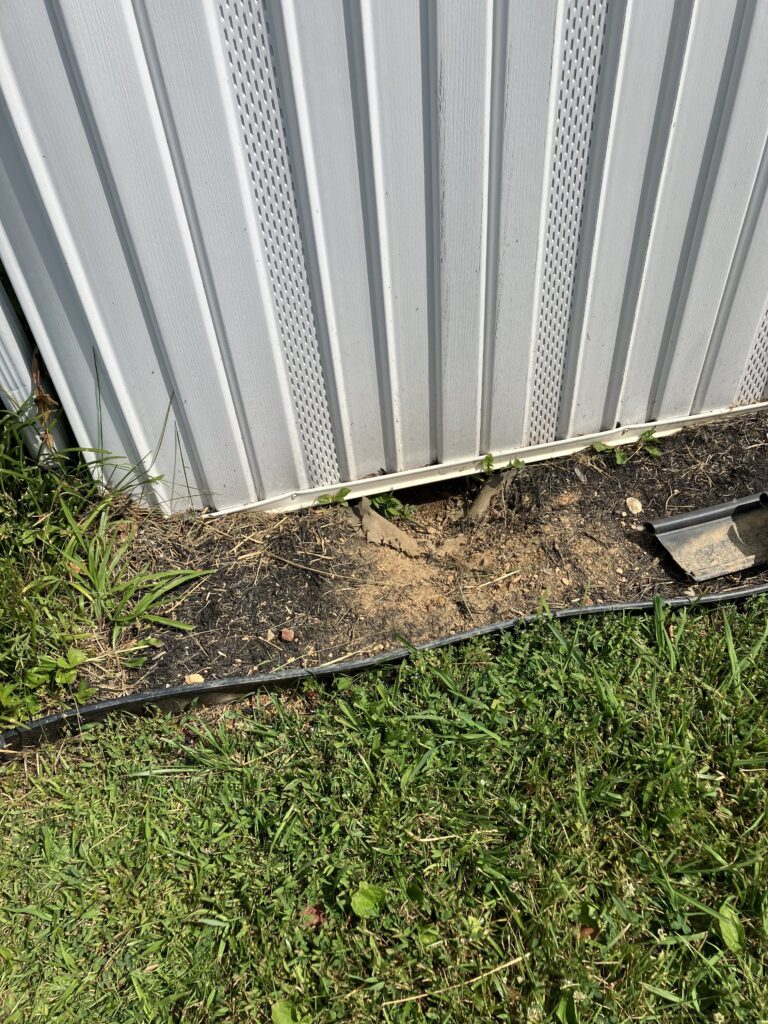
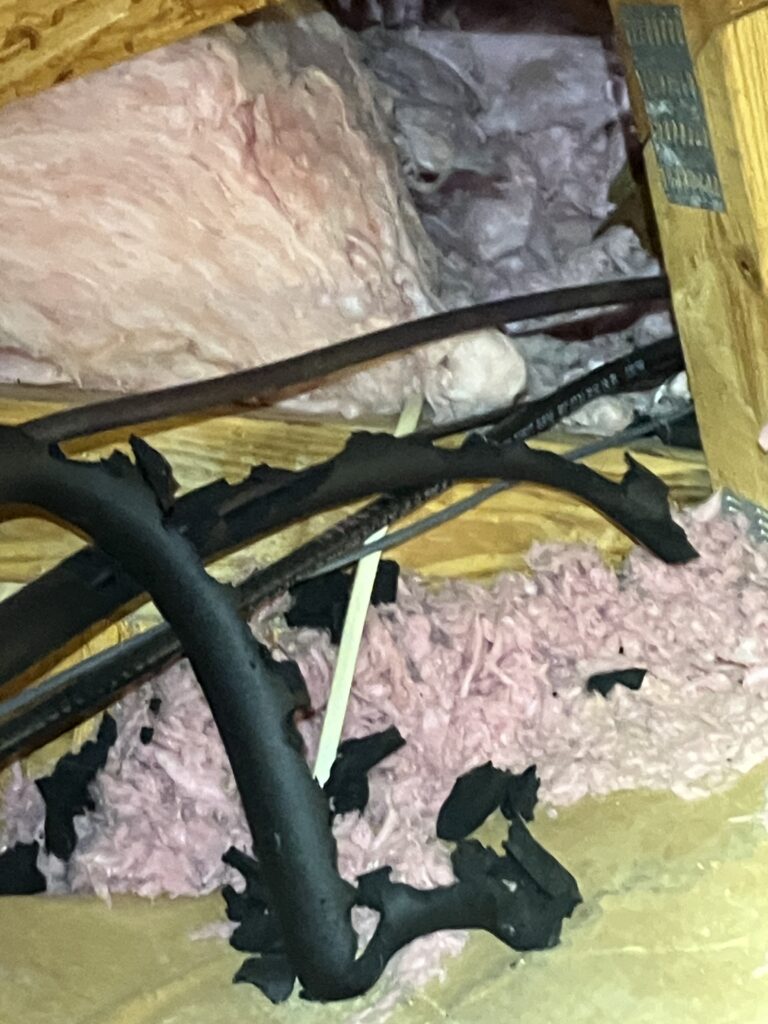
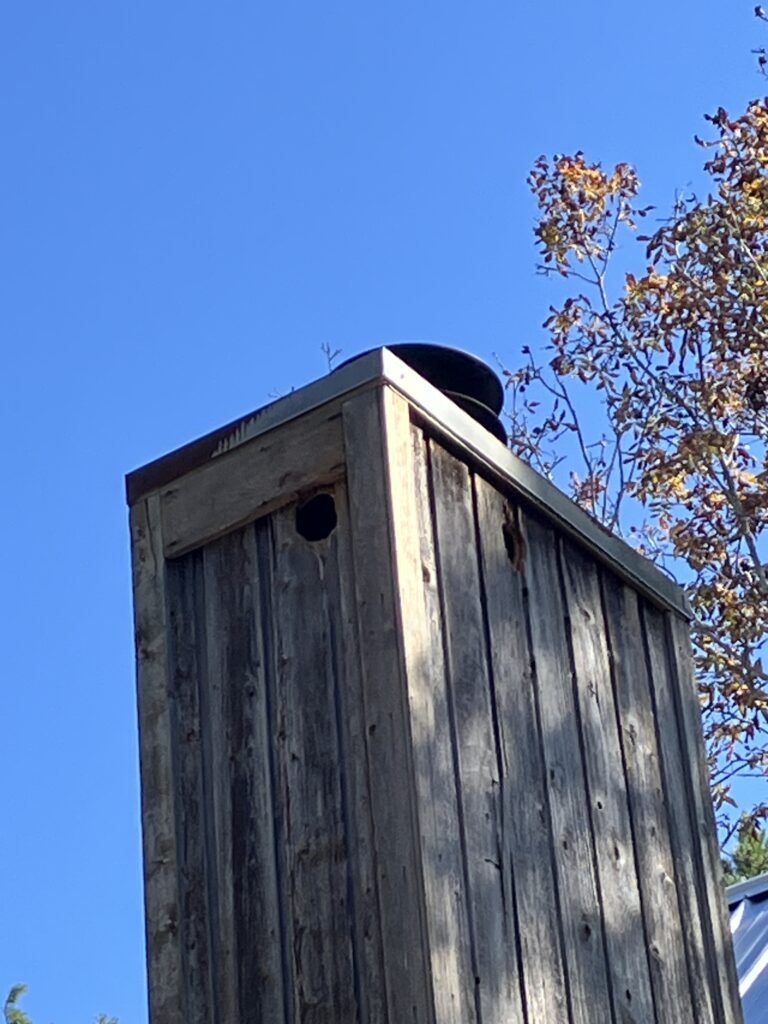
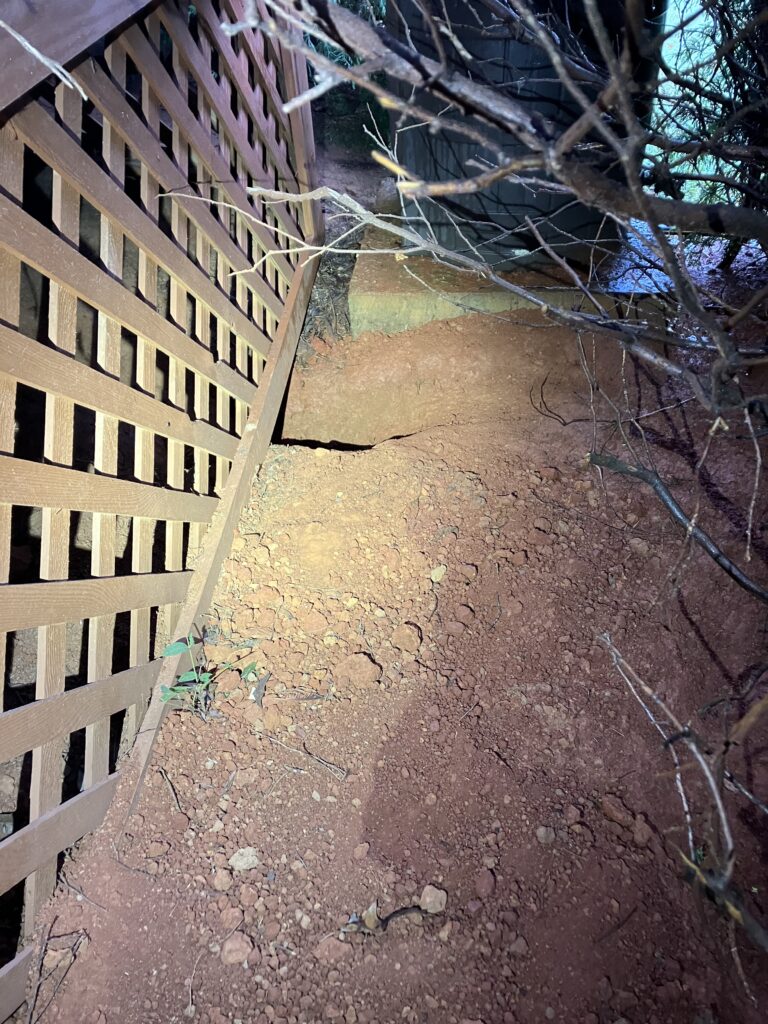
Nuisance Wildlife in Knoxville
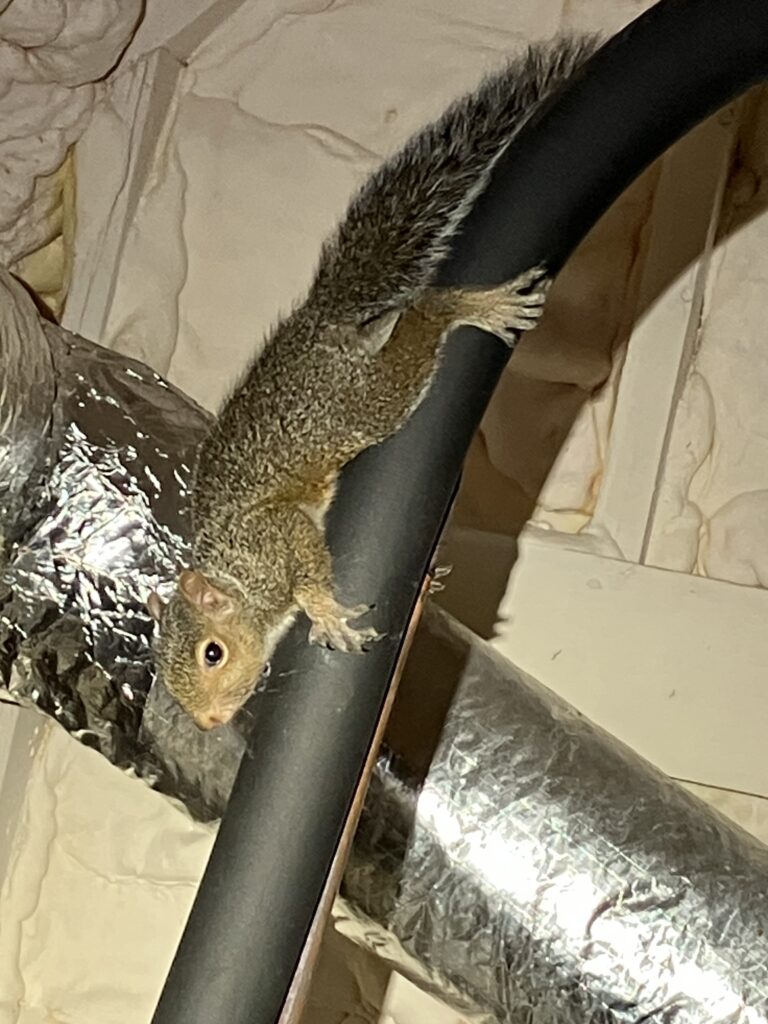
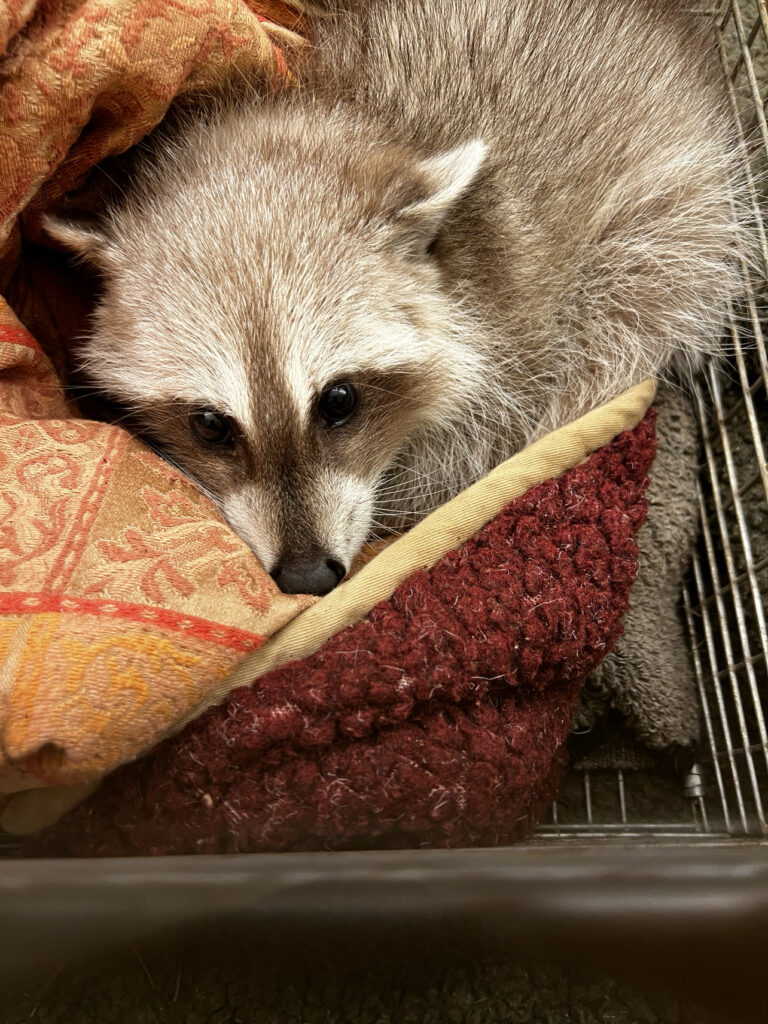
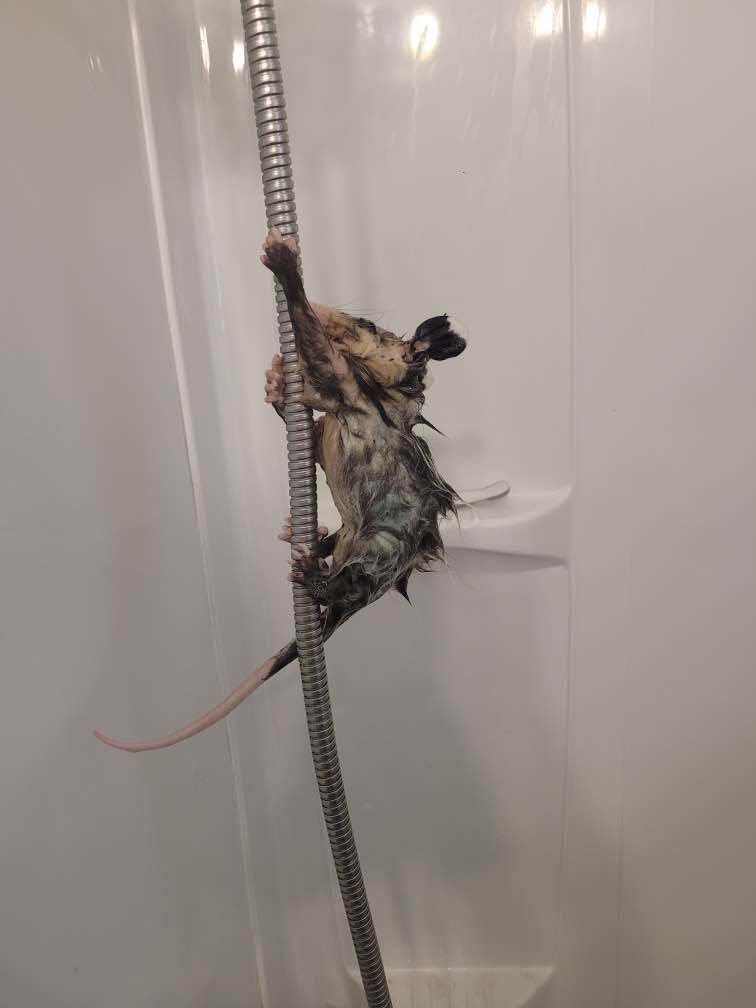
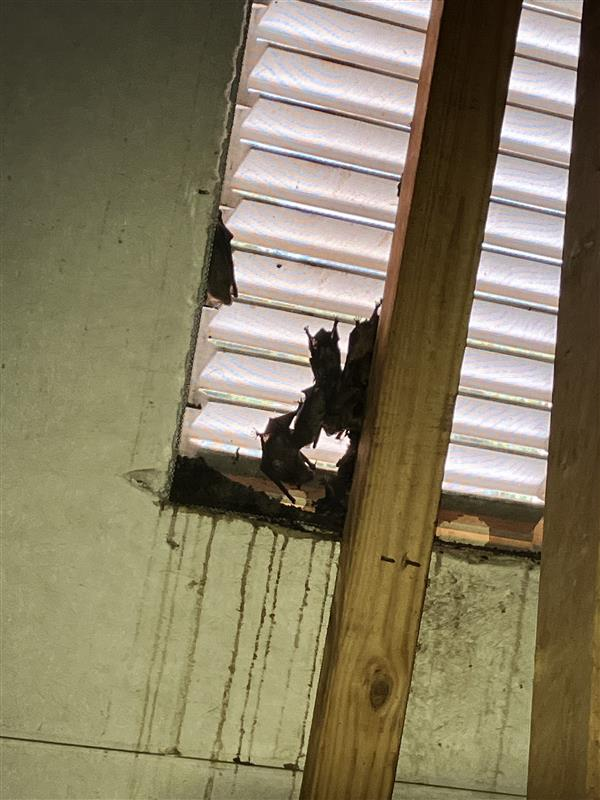
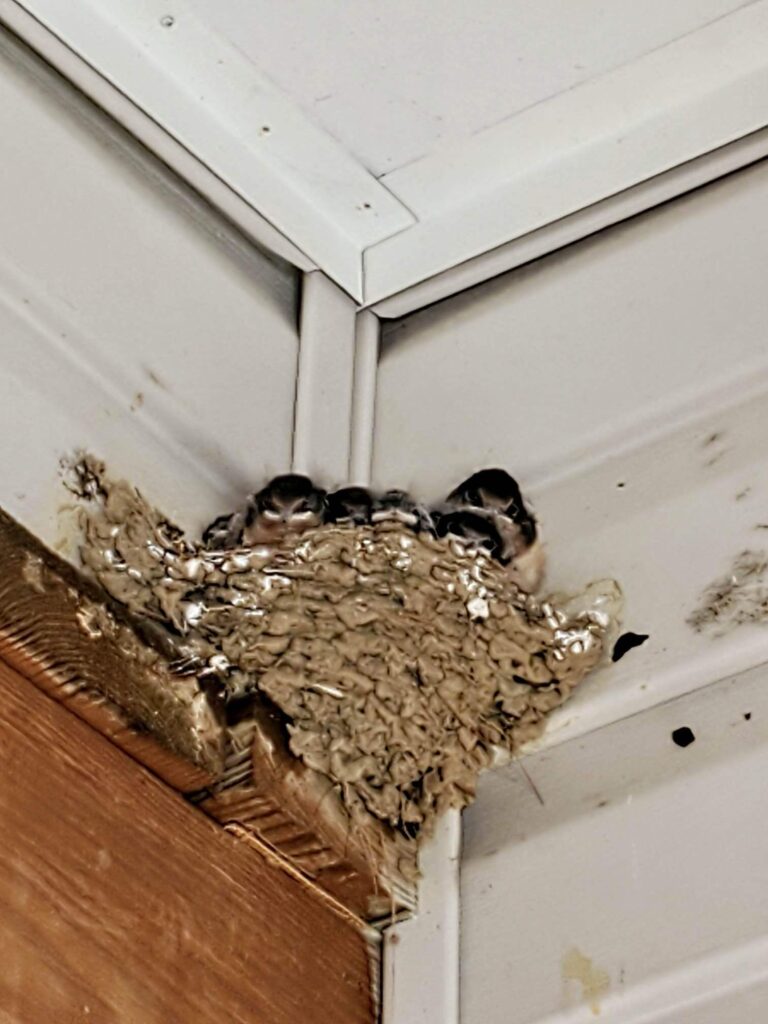
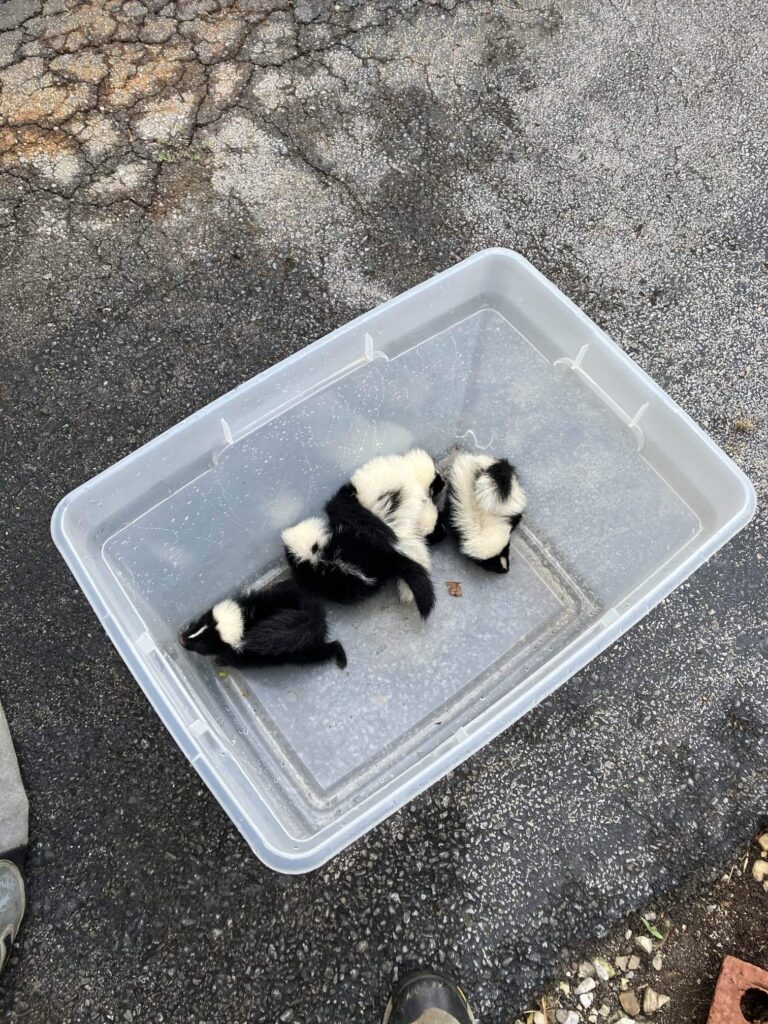
Mouse in Basement
How Do Animals Get Inside Gulf Coast, FL Homes?







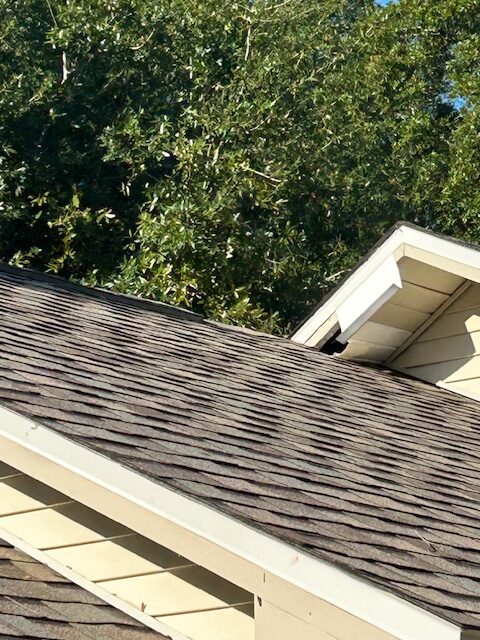
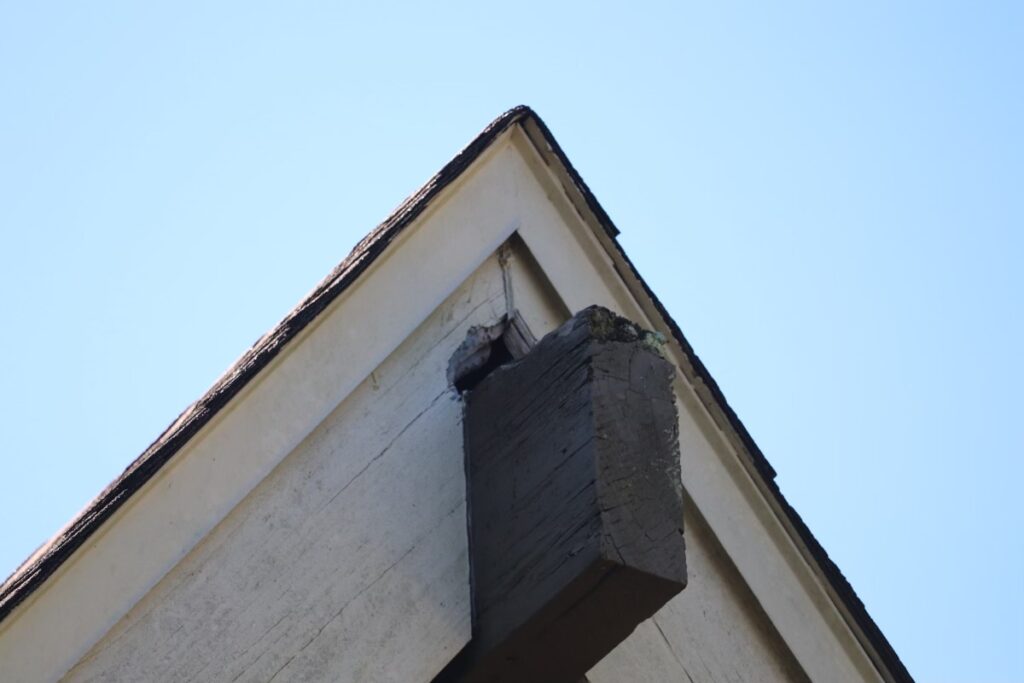
Raccoons in Gulf Coast, FL


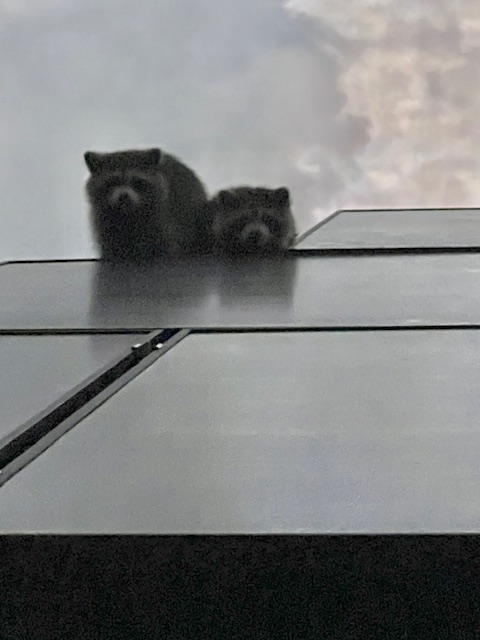
Gulf Coast Animals in Attic Damage
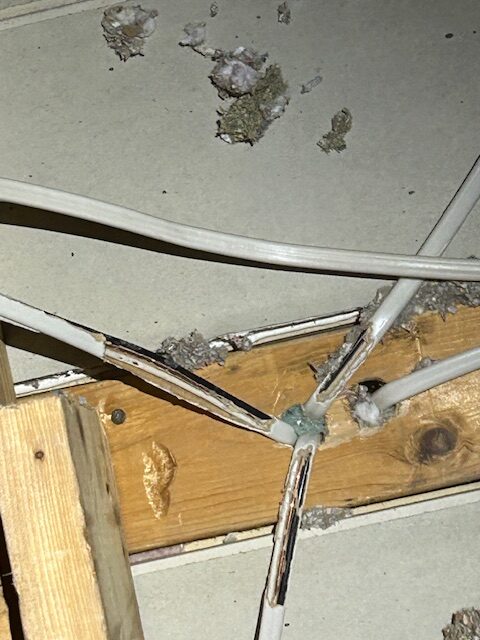


Armadillo Trapping
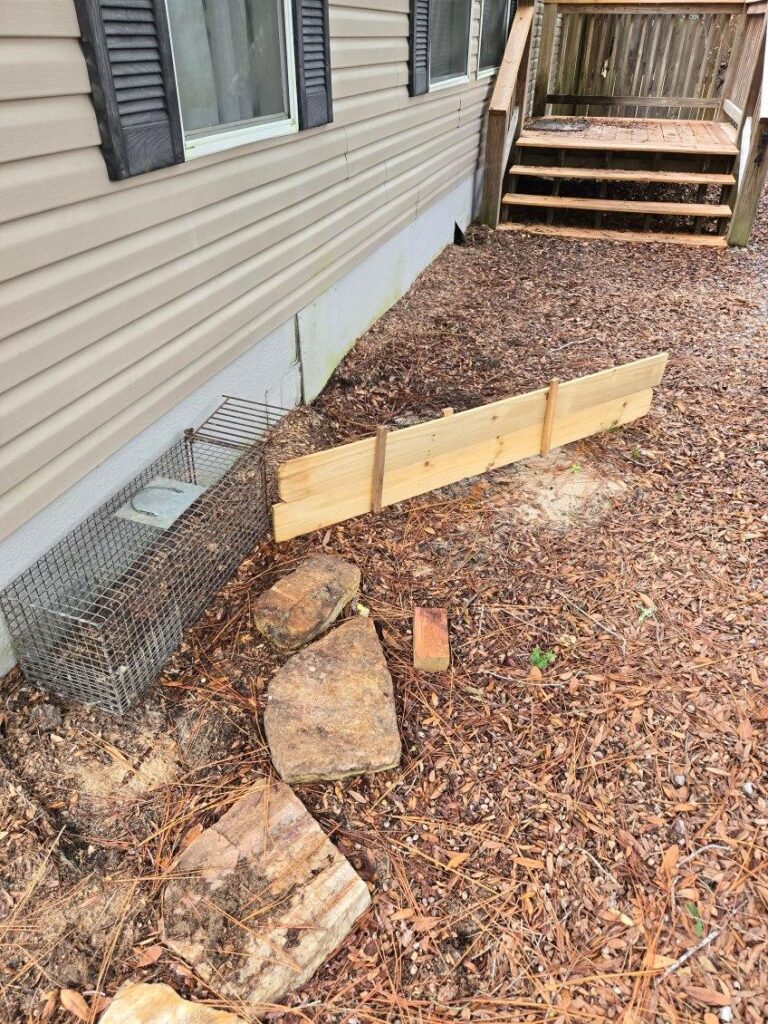
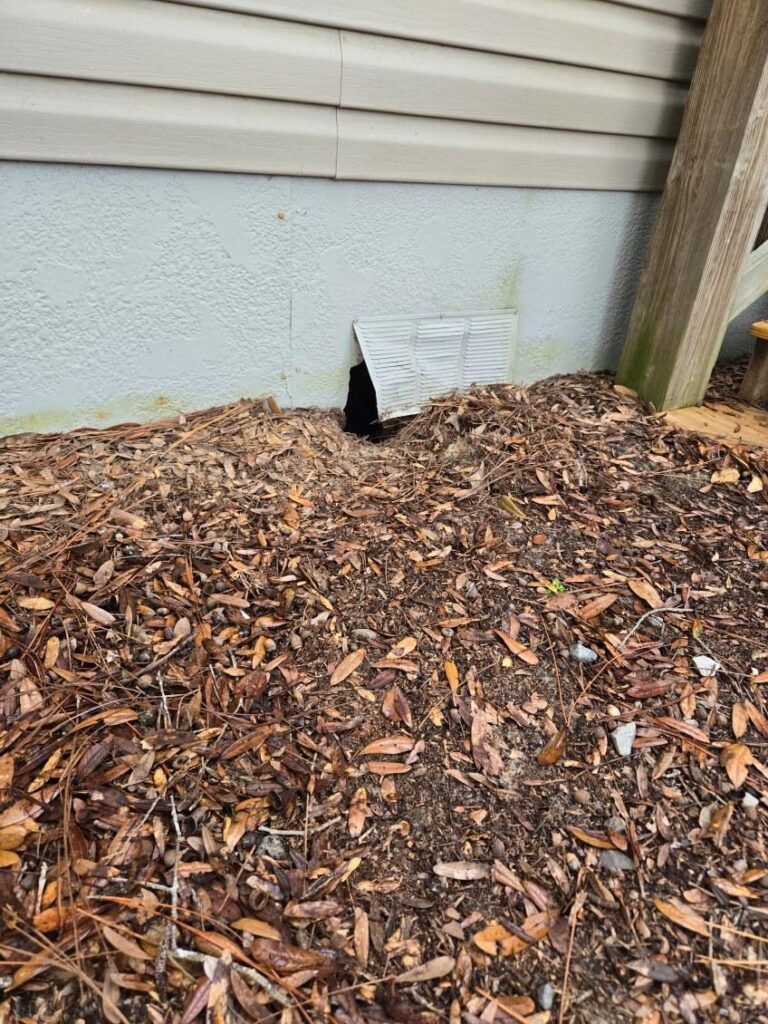
Louisiana has the perfect weather for wildlife, with high humidity and more hot days than cold. Swamps, the Mississippi River, lakes, ponds, and creeks keep our wildlife thriving. The problem is that the more we develop New Orleans, Baton Rouge, and other cities, the fewer “wild” places animals have to live. So, they started searching for shelter in our neighborhoods. Louisiana considers wildlife a nuisance when they persistently annoy or threaten property owners or if they cause property damage.
Here are some photos I took from the field.
Raccoons Inside the Home
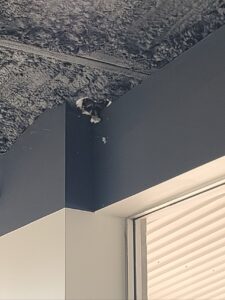
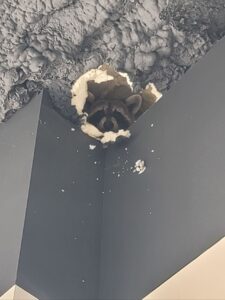
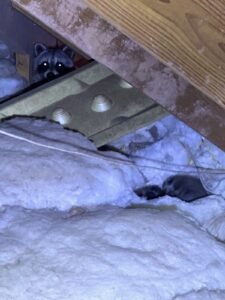
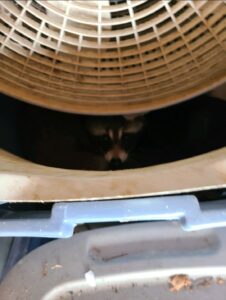
Raccoons on the Roof

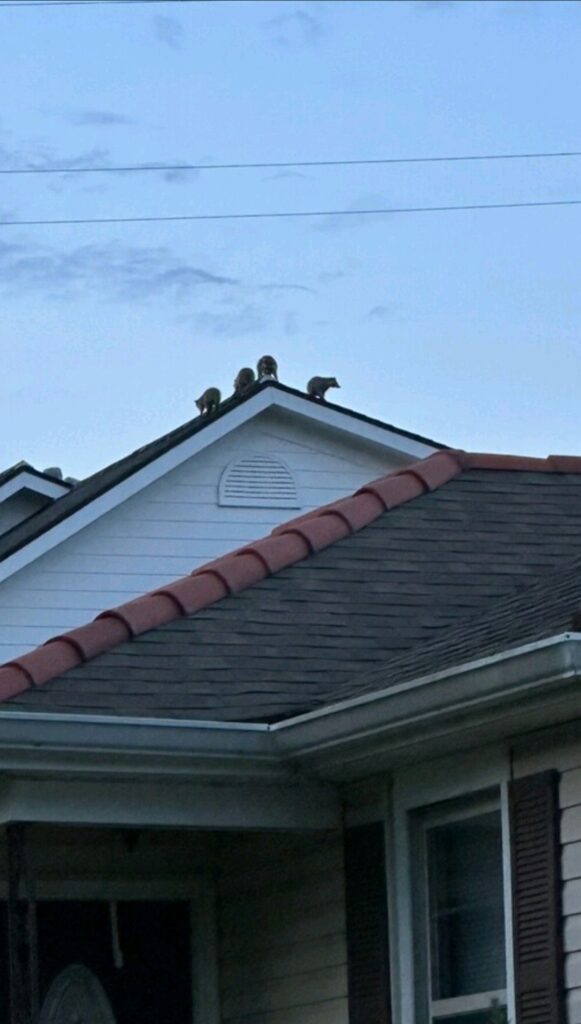

Raccoons in Yard
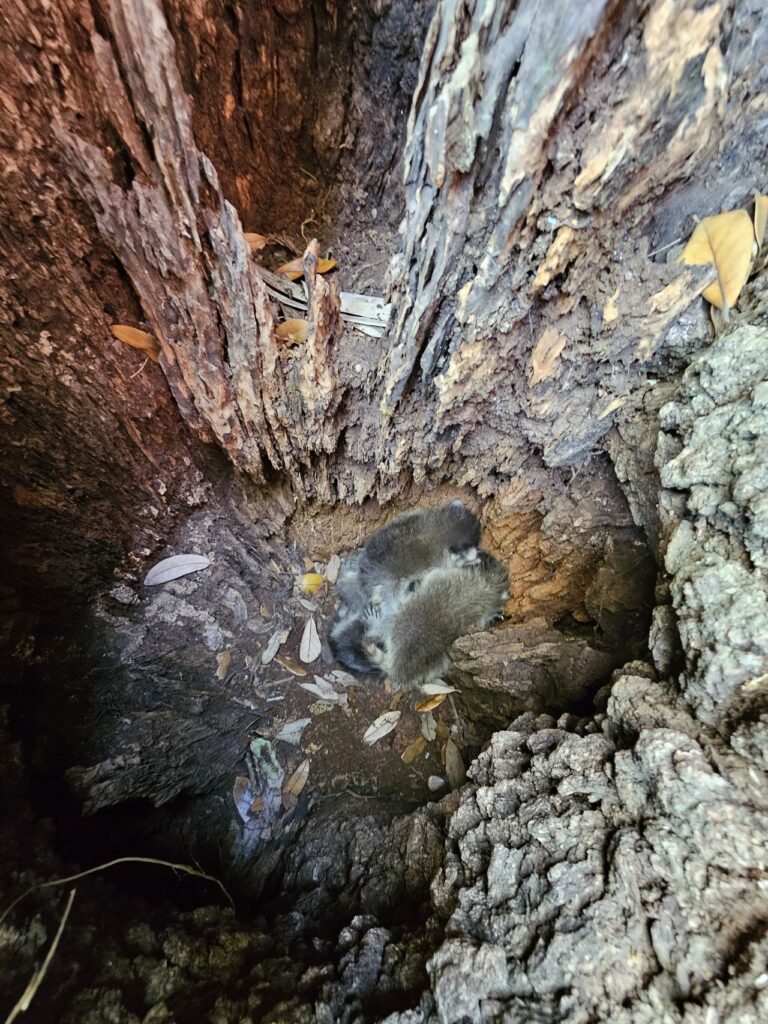
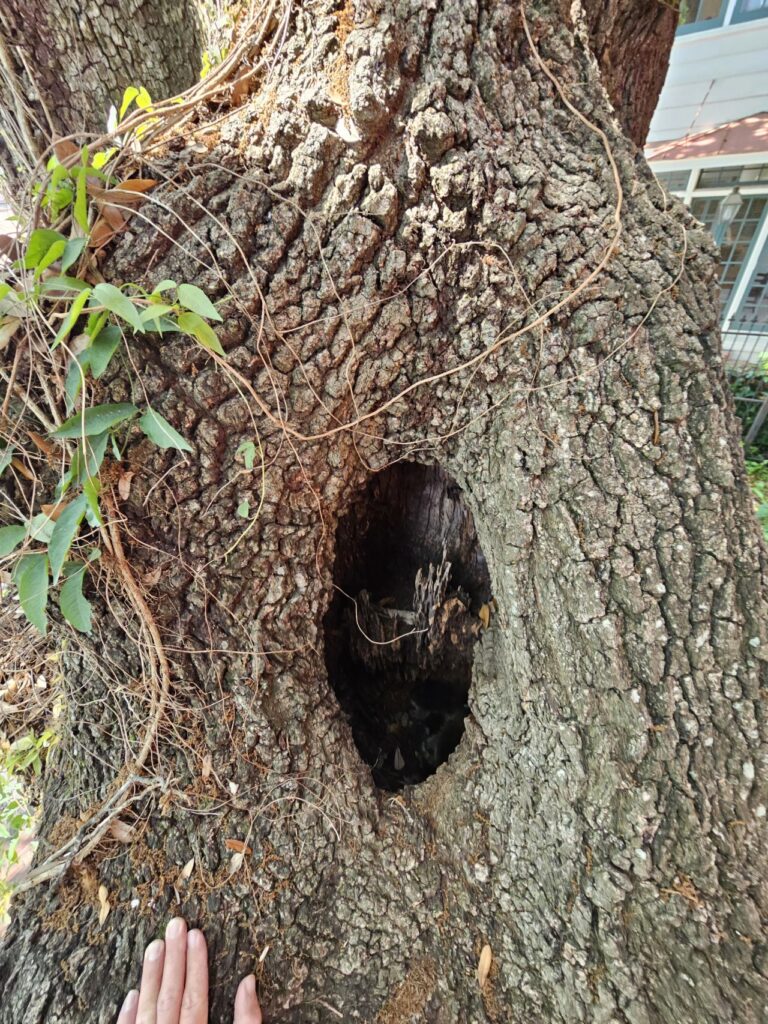
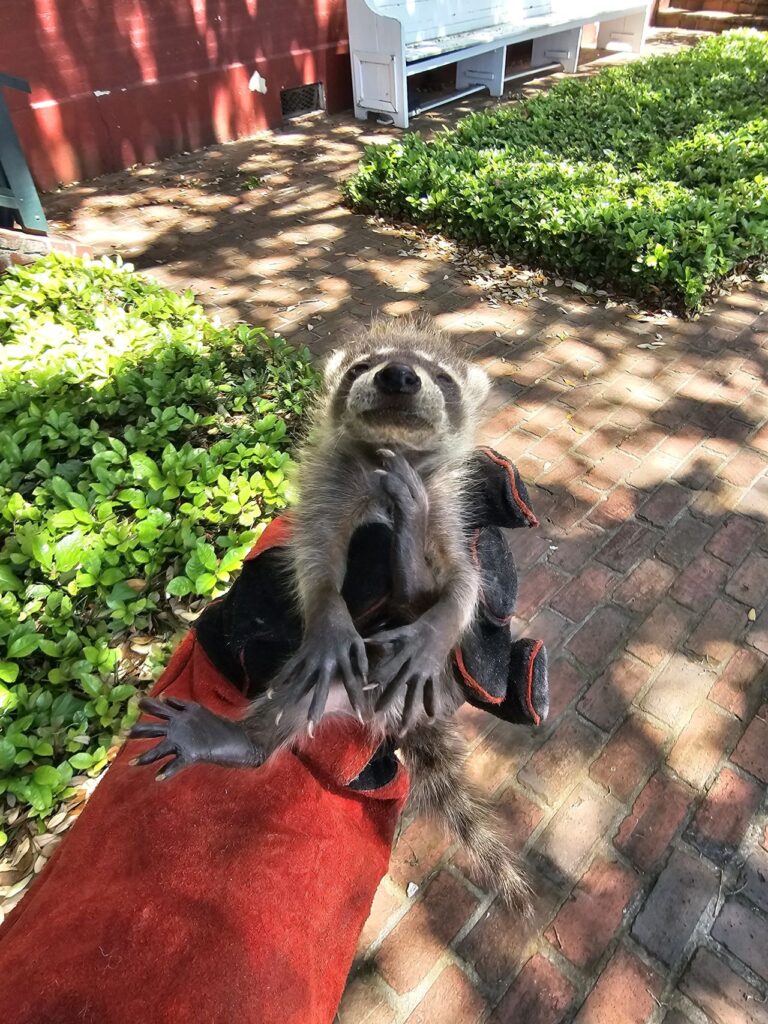
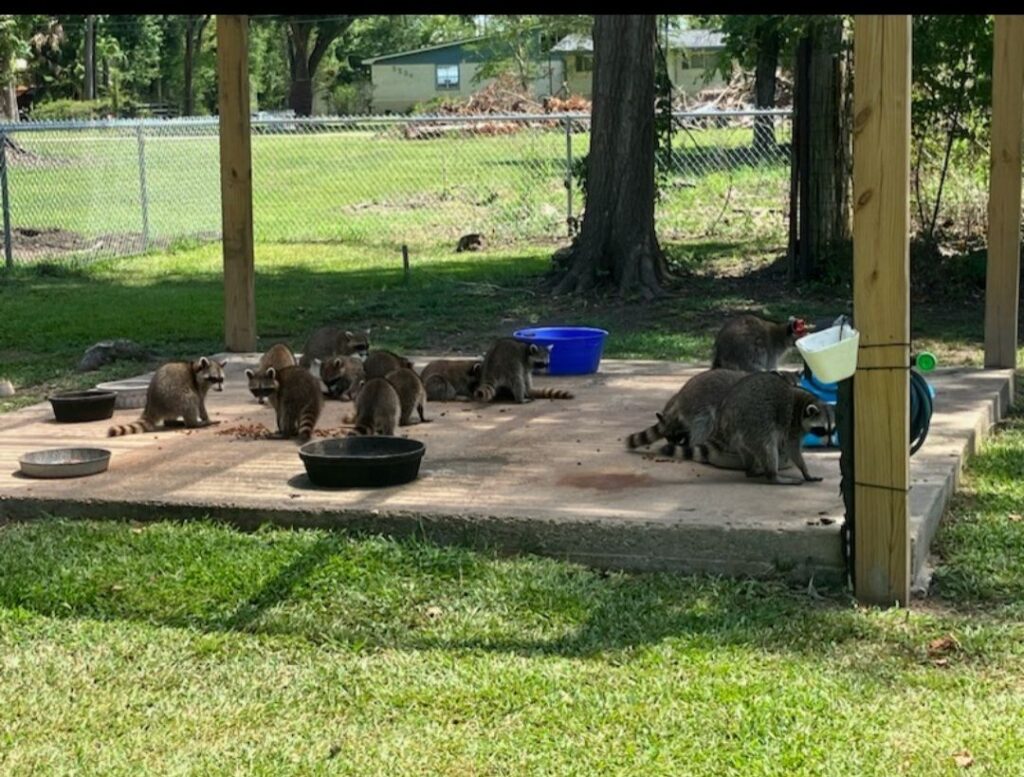
Squirrels in New Orleans and Baton Rouge



Juvenile Wildlife Removal


Opposums and Armadillos
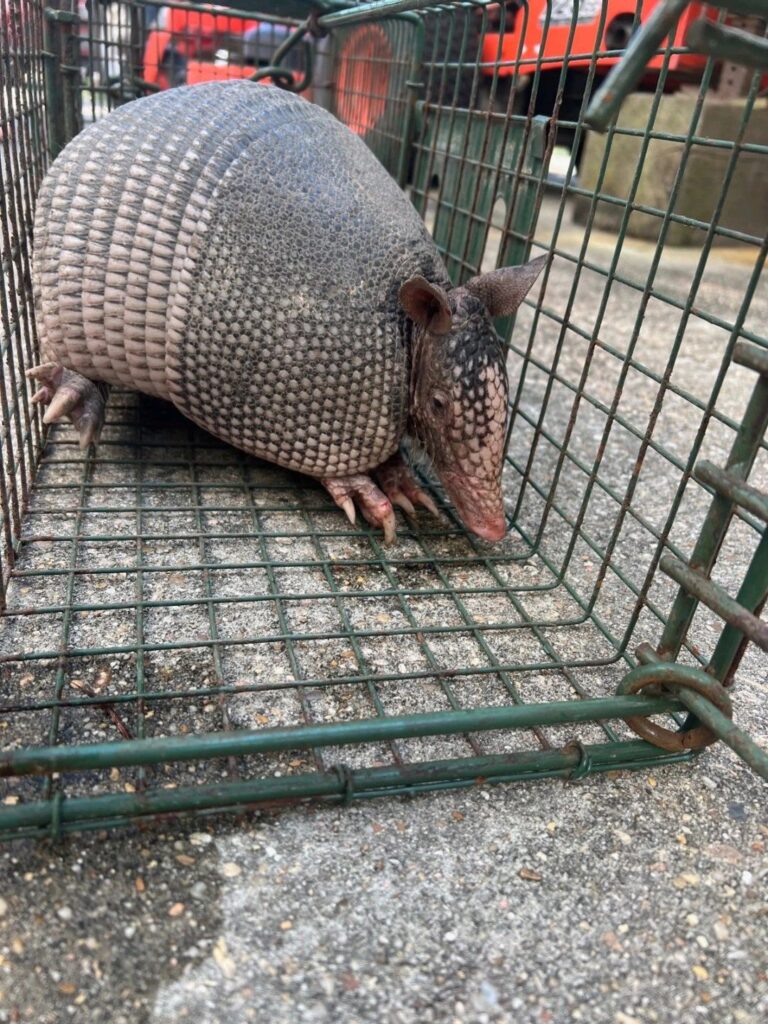

Stinging Insect Control & Beehive Removal





Critter Control in Louisiana Staff Photos





All photos were provided by Brett Vreeland, district manager in Louisiana.